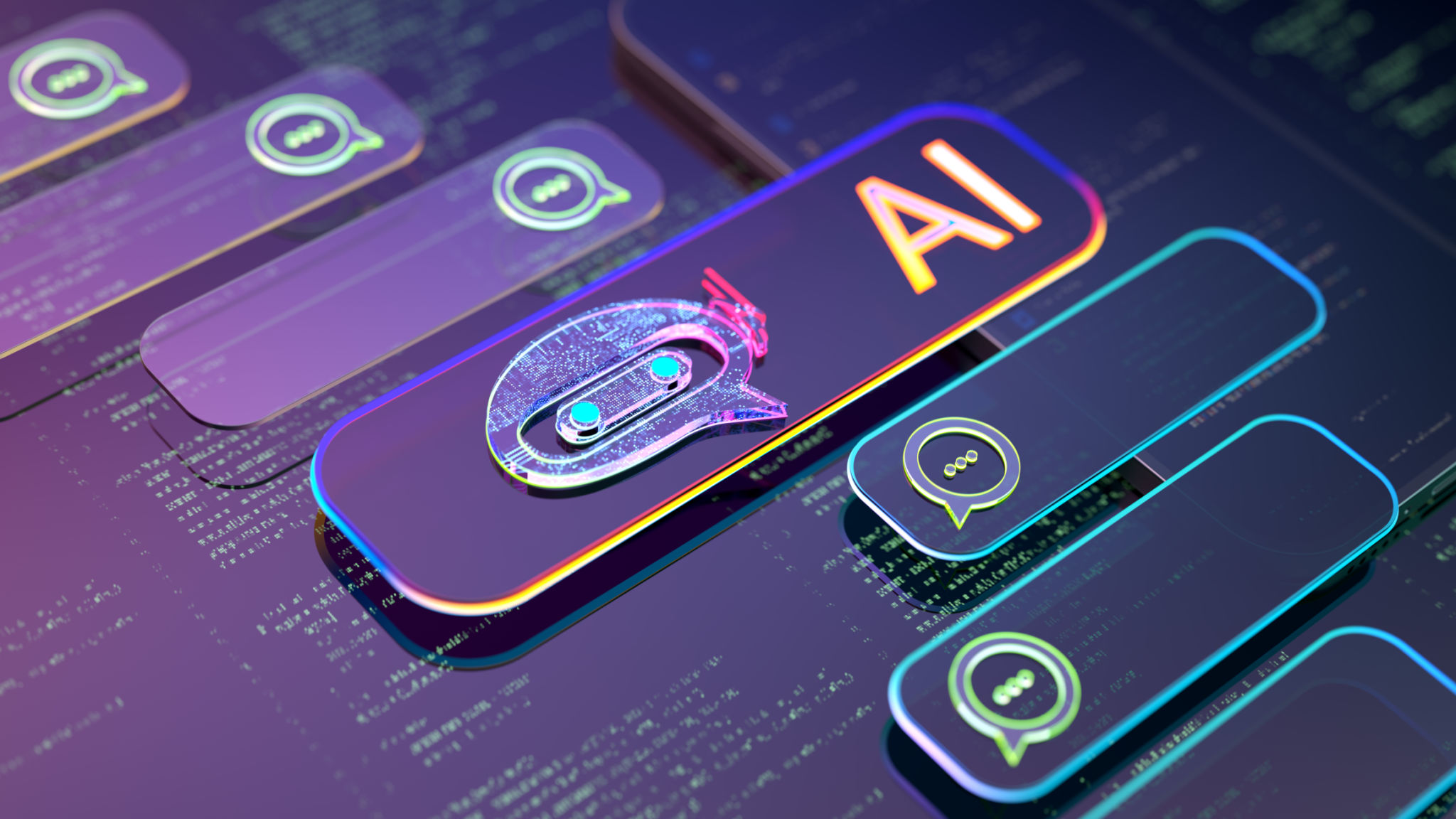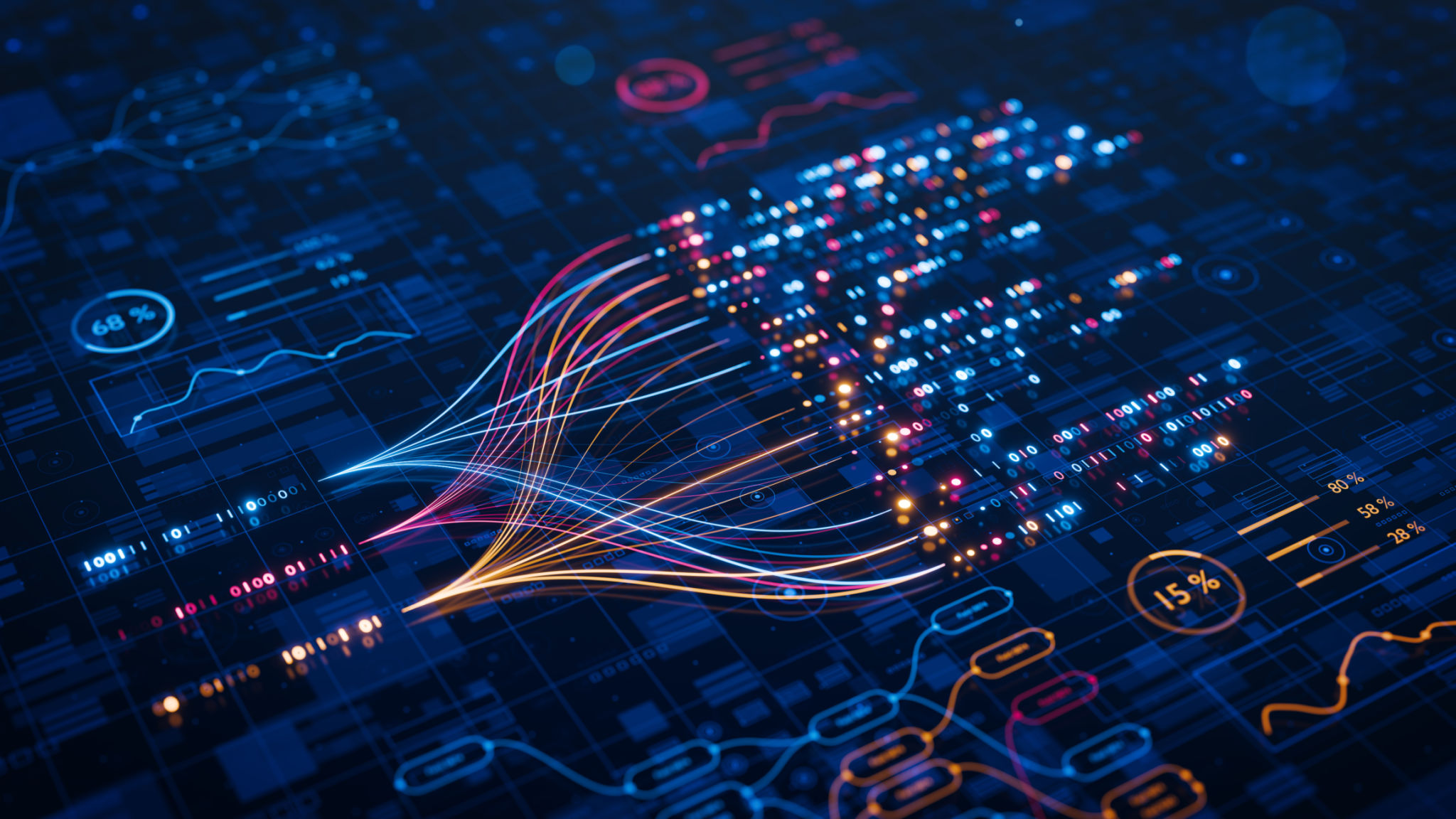SuperAI vs. Traditional Automation: A Comparative Guide
Understanding SuperAI and Traditional Automation
In today's fast-paced digital world, businesses are continually seeking ways to enhance efficiency and productivity. Two popular solutions are SuperAI and traditional automation, each offering distinct advantages. While both aim to streamline processes, their approaches and capabilities differ significantly.
SuperAI, or advanced artificial intelligence, leverages cutting-edge technologies to perform complex tasks that mimic human intelligence. Traditional automation, on the other hand, focuses on predefined rules and repetitive tasks. Understanding these differences is crucial for businesses looking to implement the right solution.

Capabilities and Applications
SuperAI Capabilities
SuperAI excels in processing vast amounts of data, learning from it, and making decisions based on patterns and insights. It can adapt to new situations, improve over time, and handle tasks that require cognitive functions. This makes SuperAI ideal for areas such as data analysis, customer service, and predictive modeling.
Traditional Automation Capabilities
Traditional automation is best suited for tasks that are repetitive and rule-based. It can efficiently handle processes like data entry, invoice processing, and report generation. While it lacks the adaptability of SuperAI, it offers reliability and consistency in executing predefined tasks.

Implementation Considerations
SuperAI Implementation
Implementing SuperAI requires a significant investment in technology and expertise. Businesses must be prepared to integrate advanced algorithms and machine learning models into their systems. Additionally, continuous monitoring and updating are essential to ensure SuperAI solutions remain effective and aligned with business goals.
Traditional Automation Implementation
Traditional automation is generally easier and more cost-effective to implement. It involves setting up specific rules and workflows that require minimal changes over time. This makes it a practical choice for businesses with limited resources or those seeking quick wins in process optimization.

Cost and Scalability
Cost is a critical factor when choosing between SuperAI and traditional automation. SuperAI often involves higher initial costs due to the need for sophisticated infrastructure and skilled personnel. However, its ability to scale and adapt can lead to long-term savings and increased productivity.
Traditional automation, with its lower upfront costs, offers a straightforward path to improving efficiency. However, its scalability might be limited compared to SuperAI, especially as business needs evolve and grow more complex.
Conclusion: Choosing the Right Solution
When deciding between SuperAI and traditional automation, businesses must consider their specific needs, resources, and long-term goals. SuperAI is ideal for organizations looking to innovate and tackle complex challenges, while traditional automation suits those aiming for immediate improvements in efficiency.
Ultimately, the right choice will depend on the unique circumstances of each business. By understanding the strengths and limitations of each approach, companies can make informed decisions that align with their strategic objectives.
